Bra sizing can be a confusing landscape, especially when it comes to fuller busts. One of the most common questions is whether a DD cup is bigger than an E cup. Despite what might seem like a straightforward answer, the reality of bra sizing is more complex. In this article, we’ll clear up the confusion surrounding DD and E cups, helping you better understand how sizes vary.
Understanding Bra Size
Bra sizes are made up of two parts: the band size (the number, like 34, 36) and the cup size (the letter, like DD, E). The cup size indicates the volume of the breast, while the band size refers to the measurement around your ribcage. However, what makes bra sizing tricky is that cup sizes aren’t standardized across all band sizes—meaning that a DD in one band size may not be the same as a DD in another.
Is DD Bigger Than E?

When it comes to bra sizing, many people assume that the progression of cup sizes follows a strict alphabetical order, with each successive letter representing a larger cup. However, the truth is more nuanced.
So, is a DD bigger than an E? In many cases, yes—especially in UK sizing. However, the differences can blur depending on where and how the bra is made. Ultimately, the best way to determine your correct size is by getting measured and trying on different styles and brands that account for your individual shape.
In UK sizing, which is widely used and recognized by many global brands, cup sizes go from DD to E, meaning E is larger than DD. For example, a 34E in the UK is one cup size larger than a 34DD. UK sizing moves from D to DD, then to E, F, FF, and so on.
However, in the U.S. sizing system, things can get more complicated. Many American brands use D, DD, and DDD before moving to E, meaning that in some U.S. sizing charts, a DD and an E can be the same size, or DD can be slightly smaller than E, depending on the brand. In this case, DDD (or sometimes called "triple D") is considered one step larger than DD but equivalent to an E cup.
Here’s a quick comparison using the example of a 36 band size:
This variance in sizing between countries often confuses shoppers, especially those who frequently buy bras from different regions or brands.
Sources from: BraFitting
The Concept of Sister Sizes
Another important aspect of bra sizing is the concept of sister sizes. A 36DD, for example, may have the same cup volume as a 38D or a 34E. This means that the size of your cup can shift depending on your band size. Understanding sister sizes can be helpful when you’re trying to find a better fit but don’t want to sacrifice cup volume.
Sources from: Brastop
Why Sizing Varies Across Brands?

Different brands often have their own approach to sizing, especially when it comes to fuller busts. Some may follow UK sizing standards, while others follow U.S. or European standards, which can make things confusing when shopping for a new bra. It’s always a good idea to check the brand’s specific size chart to ensure the best fit.
At Coobie, we design bras that are meant to adapt to your body, regardless of specific cup sizing. Our range, including One Size, Full Size, and XL, is designed to offer comfort and flexibility for a wide variety of bust shapes and sizes, helping to alleviate the hassle of navigating traditional bra sizing systems.
Who Needs Labels Anyway?

When it comes down to it, labels like DD or E are just letters! At the end of the day, what really matters is how your bra fits and feels on your body. The good news is that, no matter your size, Coobie has you covered with our stretchable, adaptable bras that offer comfort without the confusion of precise cup sizes. Whether you're a DD, E, or somewhere in between, the right bra is the one that makes you feel confident and supported. So, forget the labels and focus on finding what works for you!


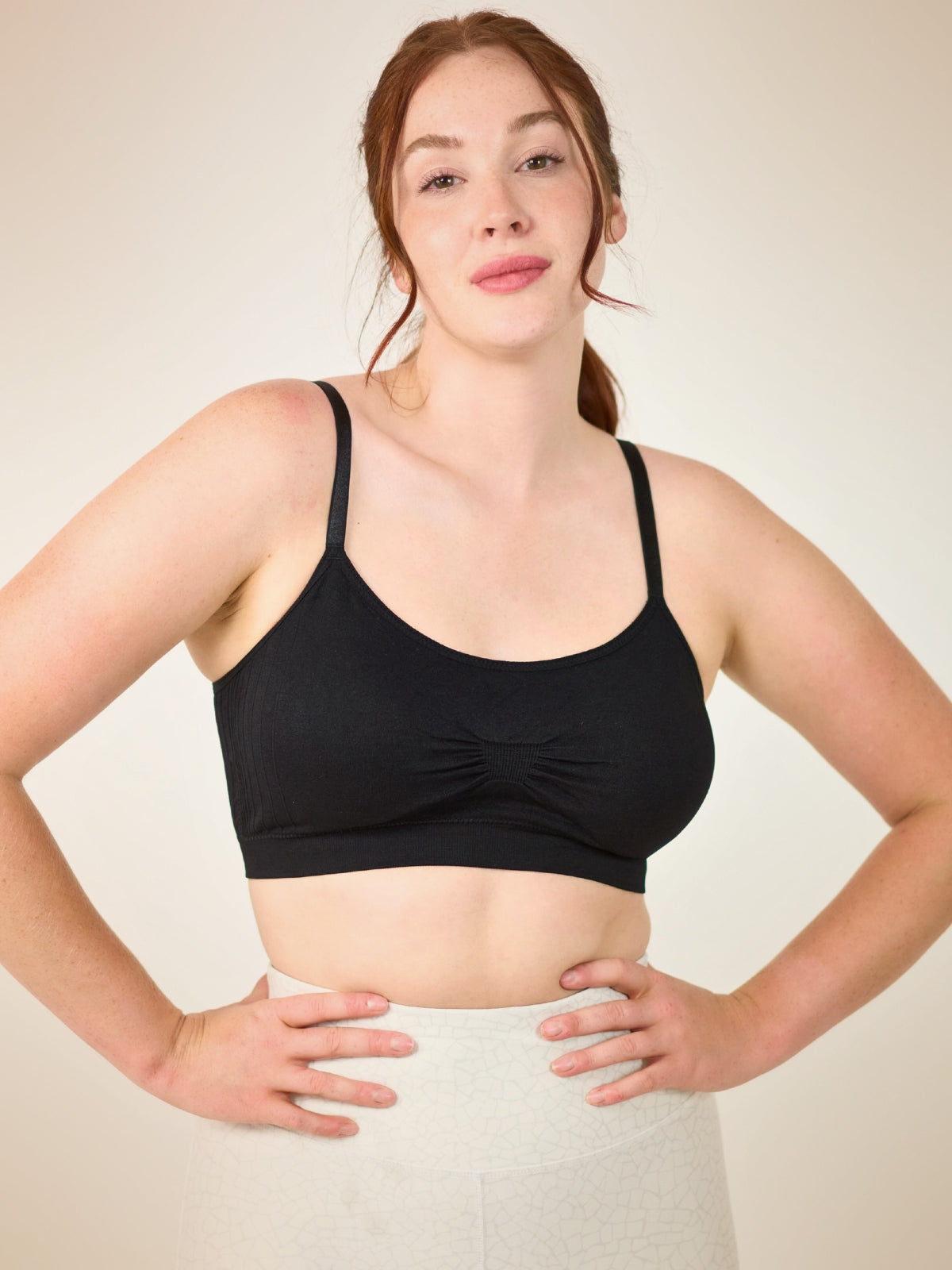
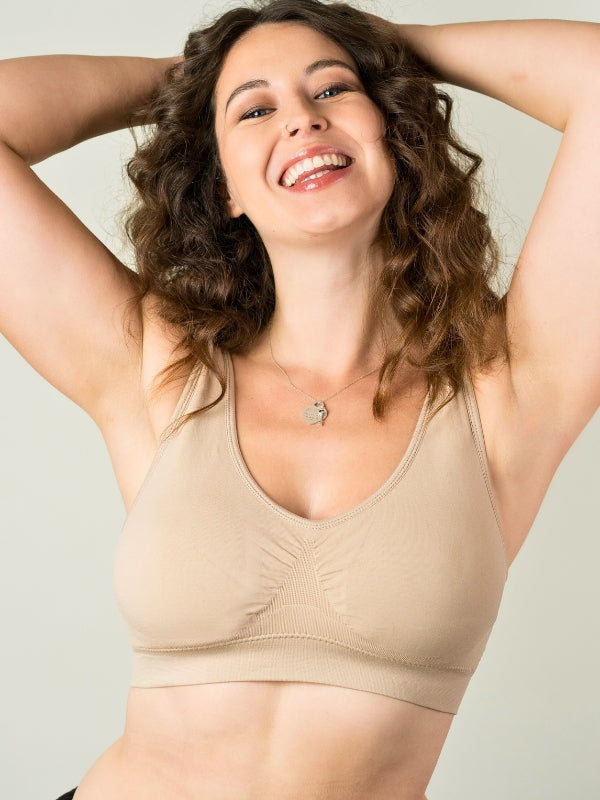
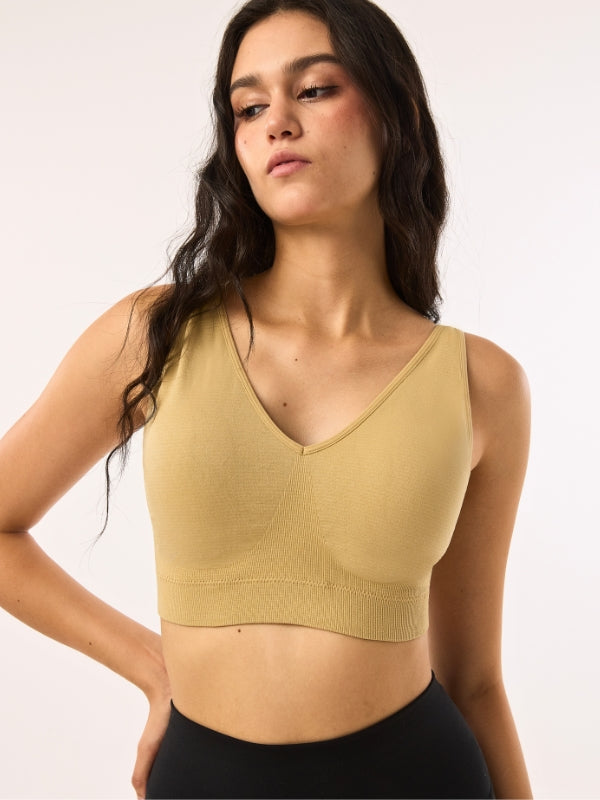
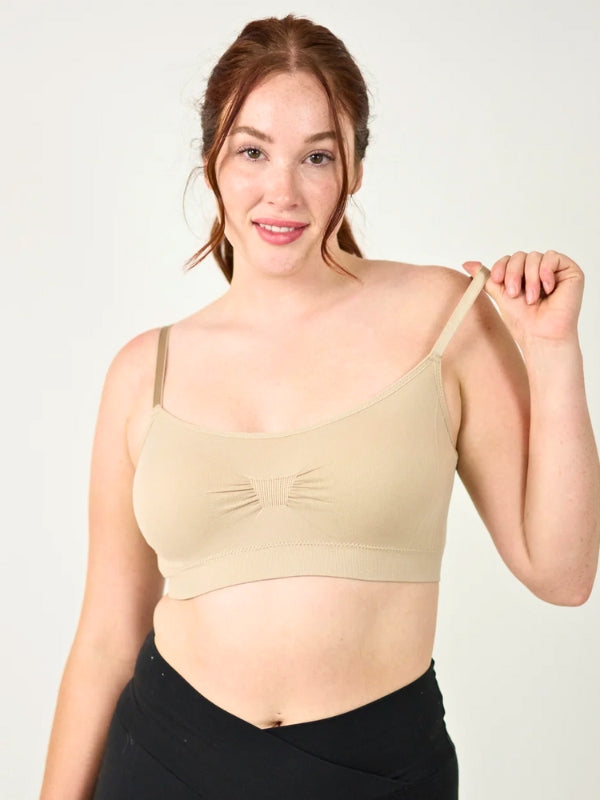
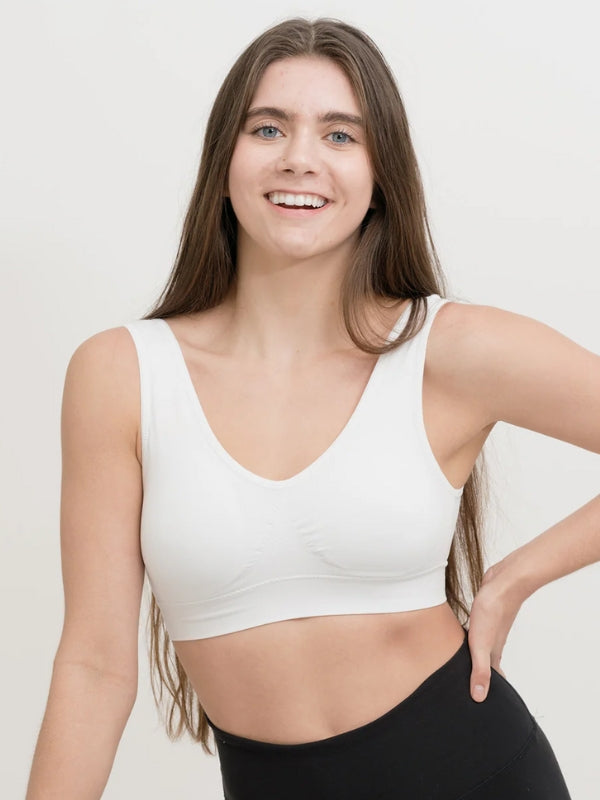
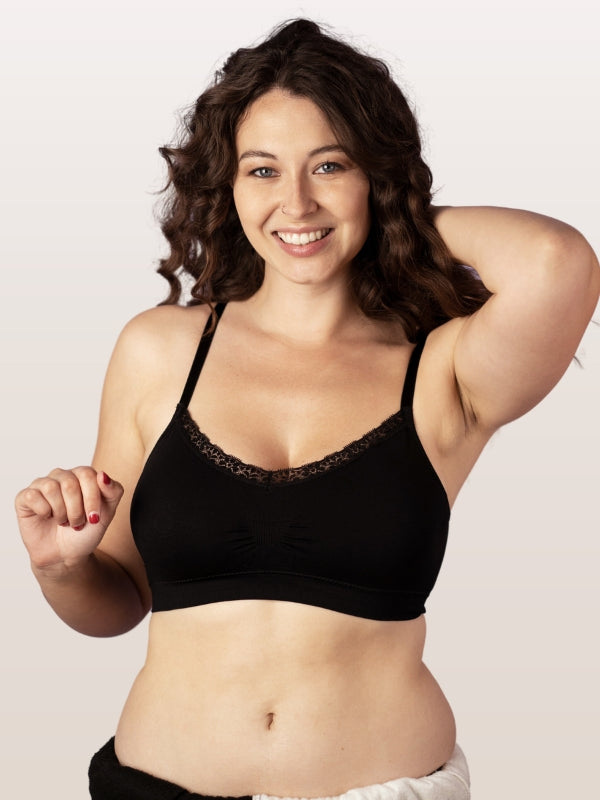
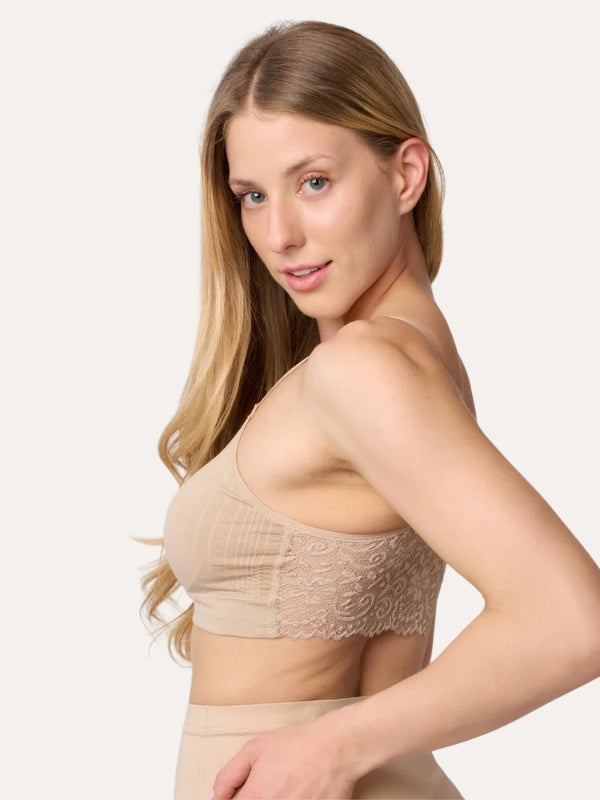
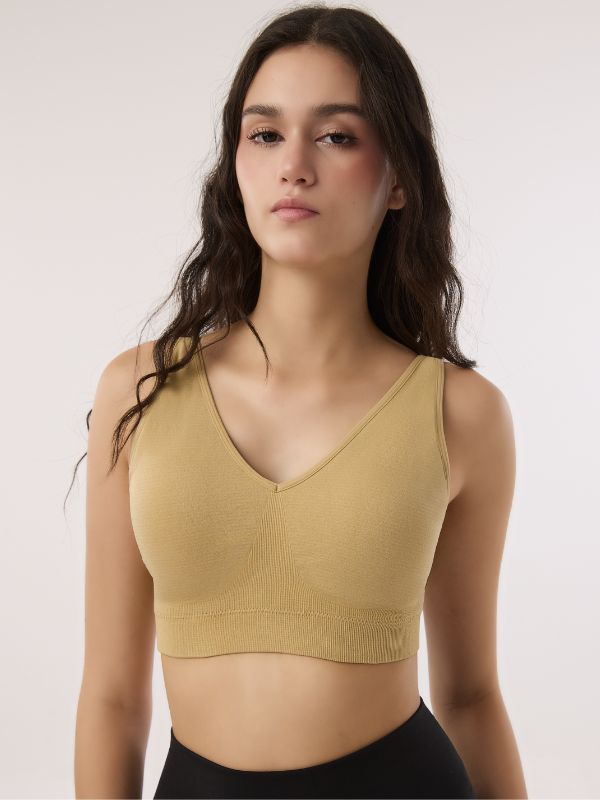
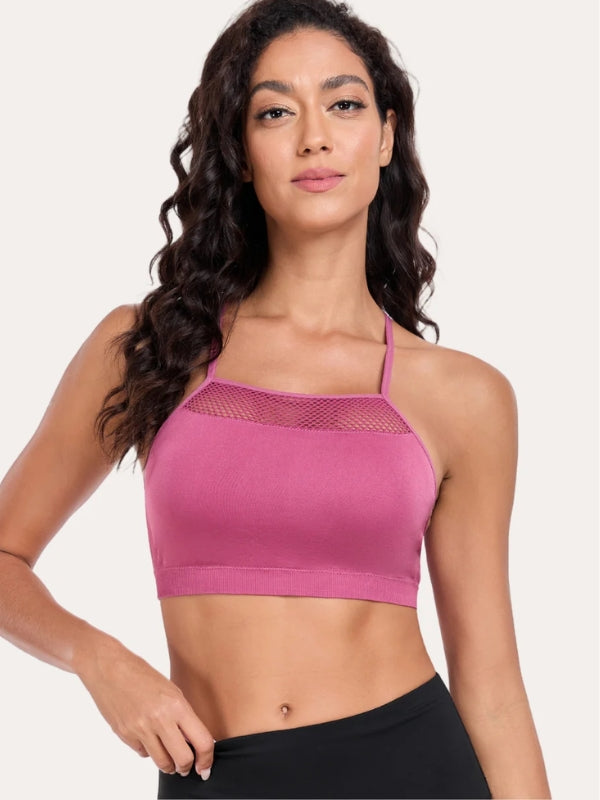
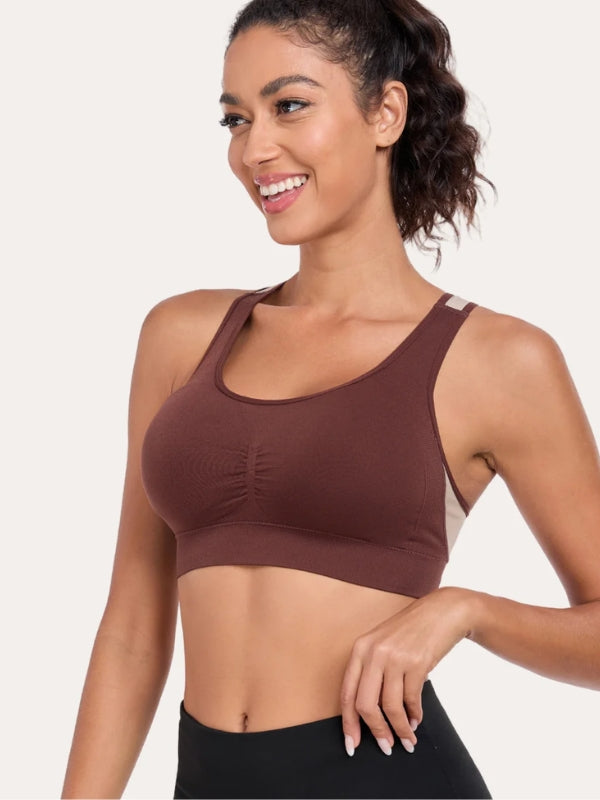
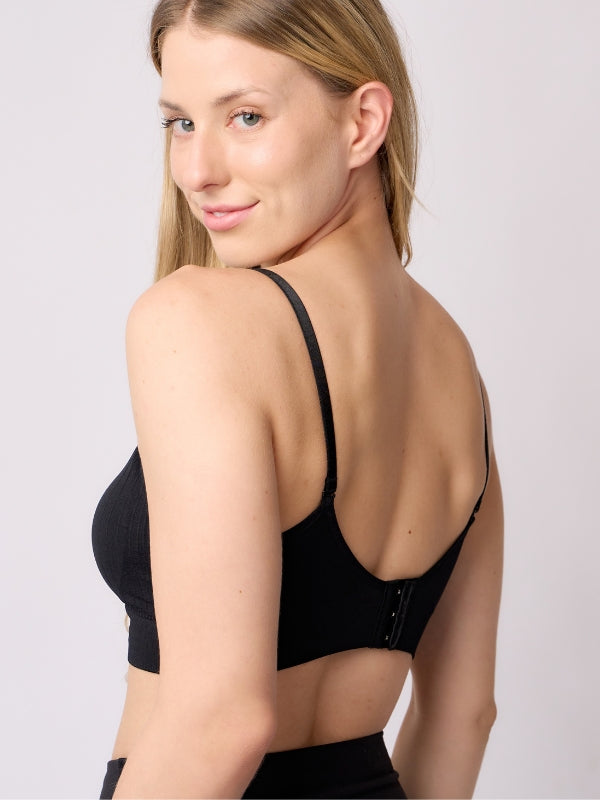


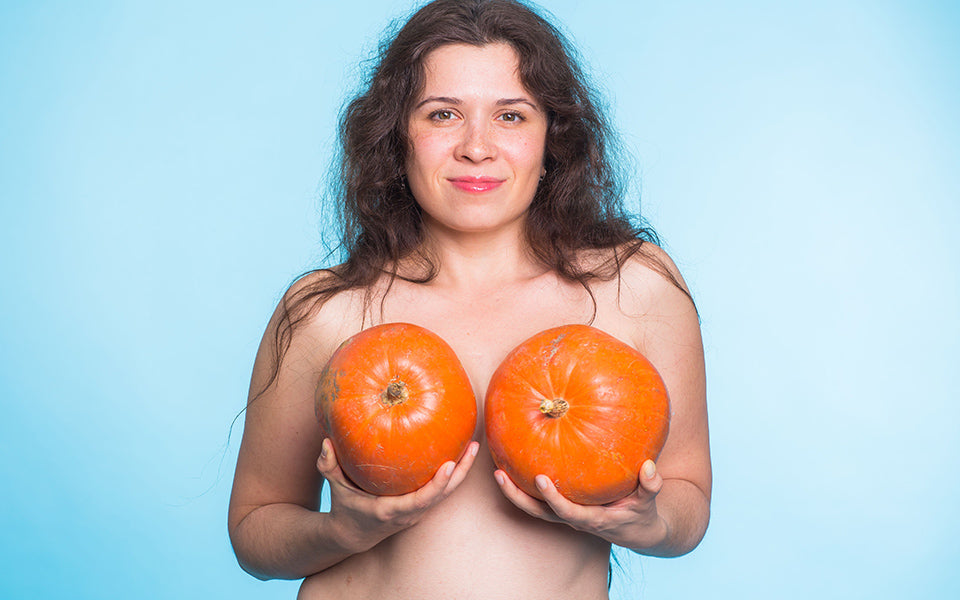
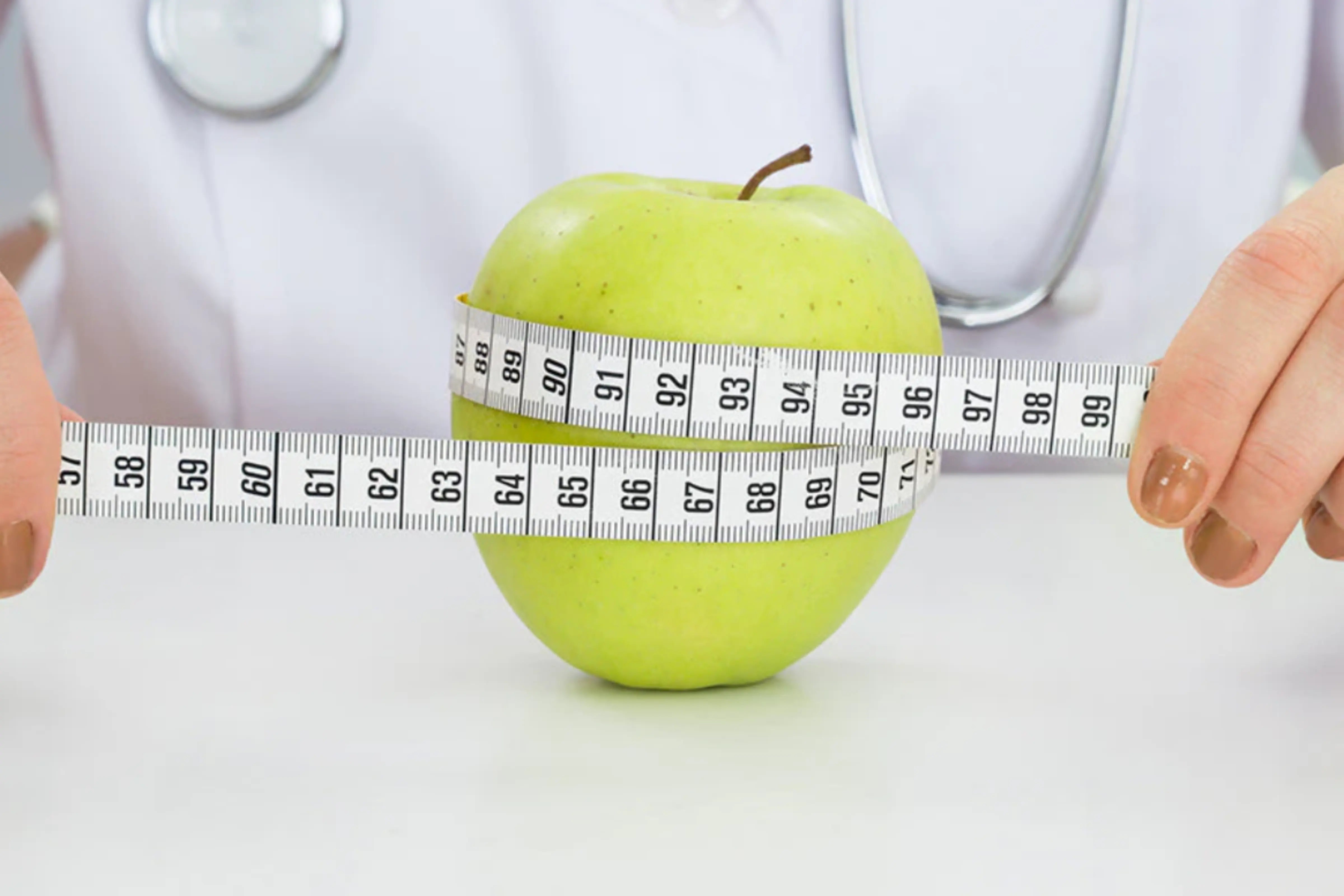
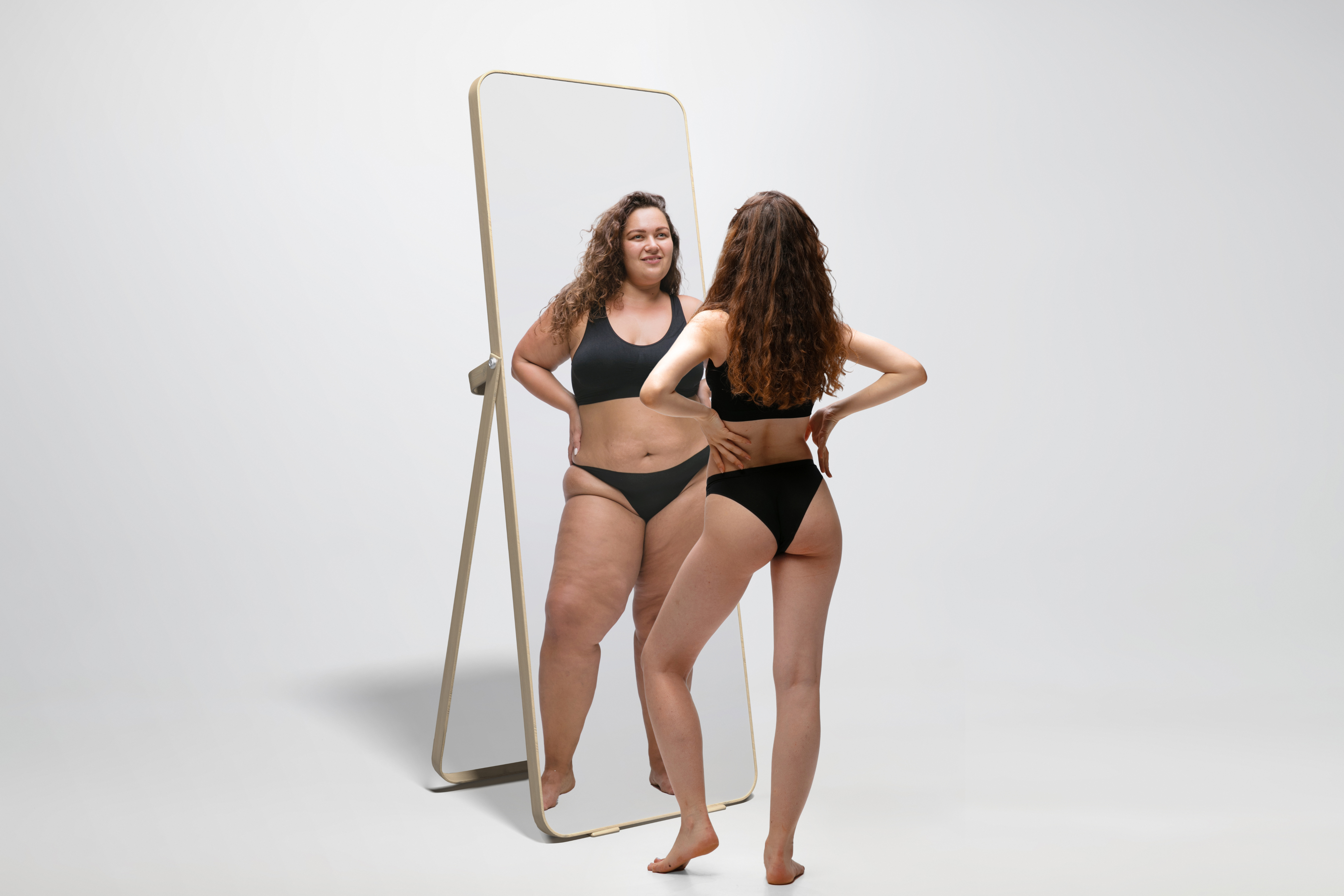
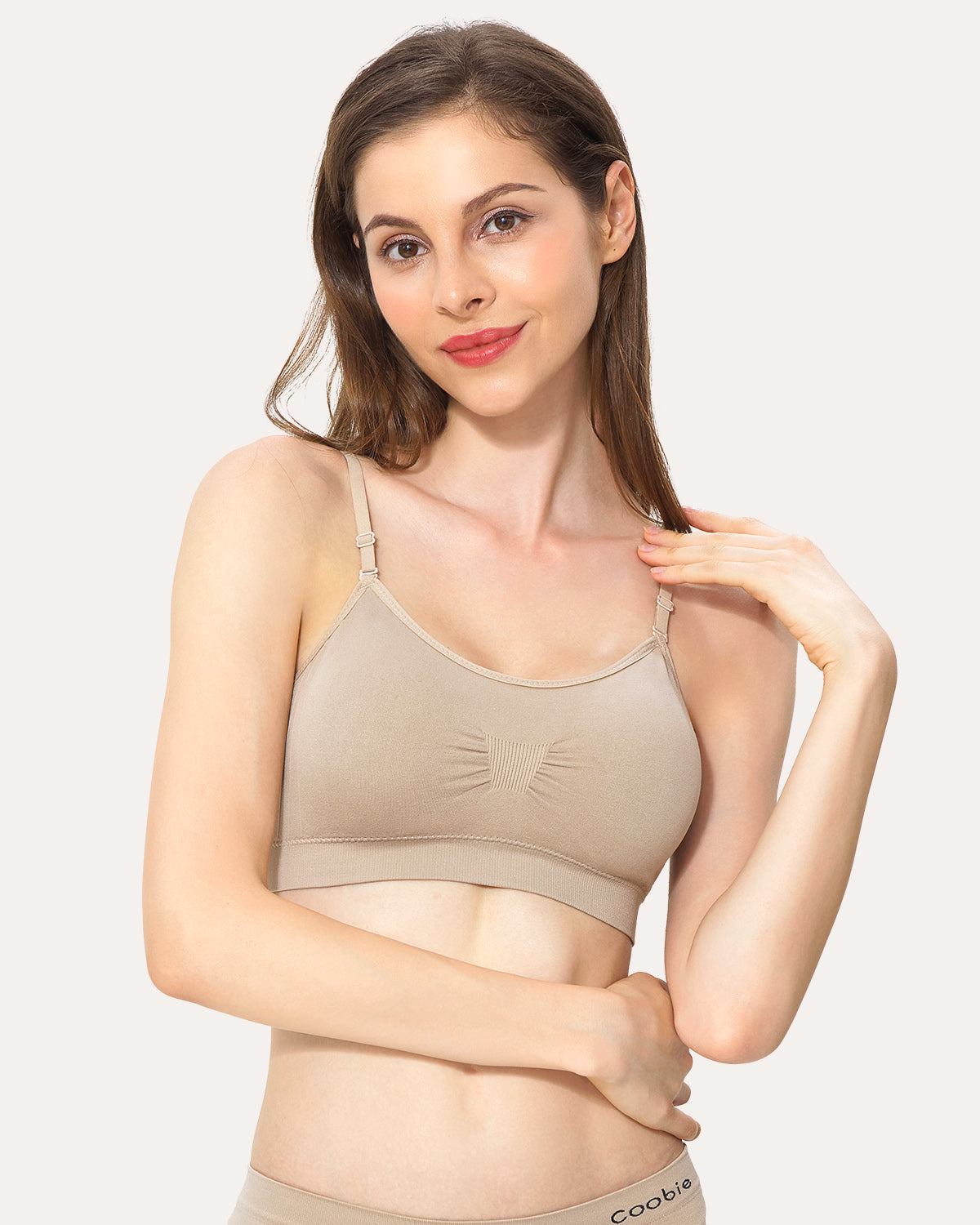
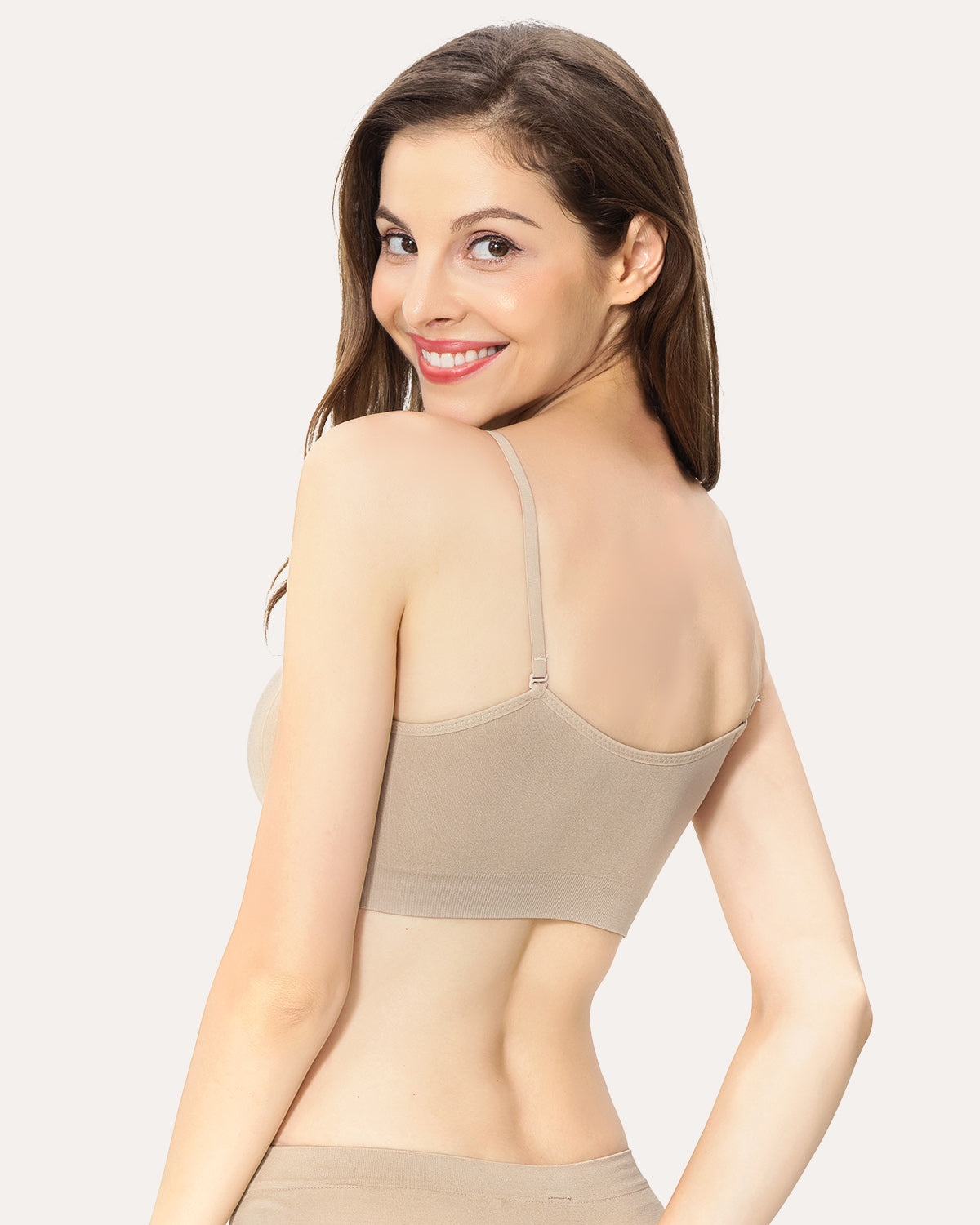
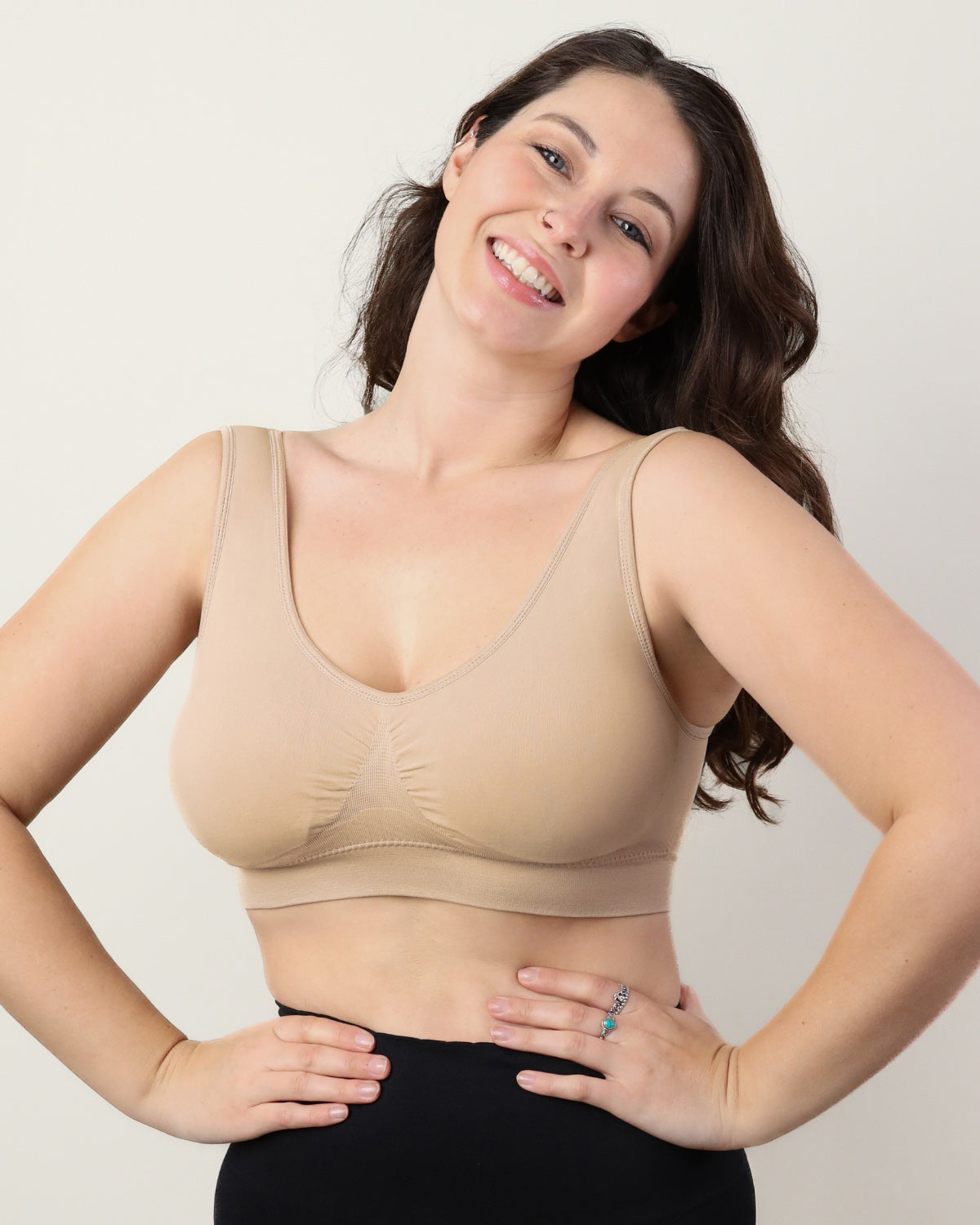

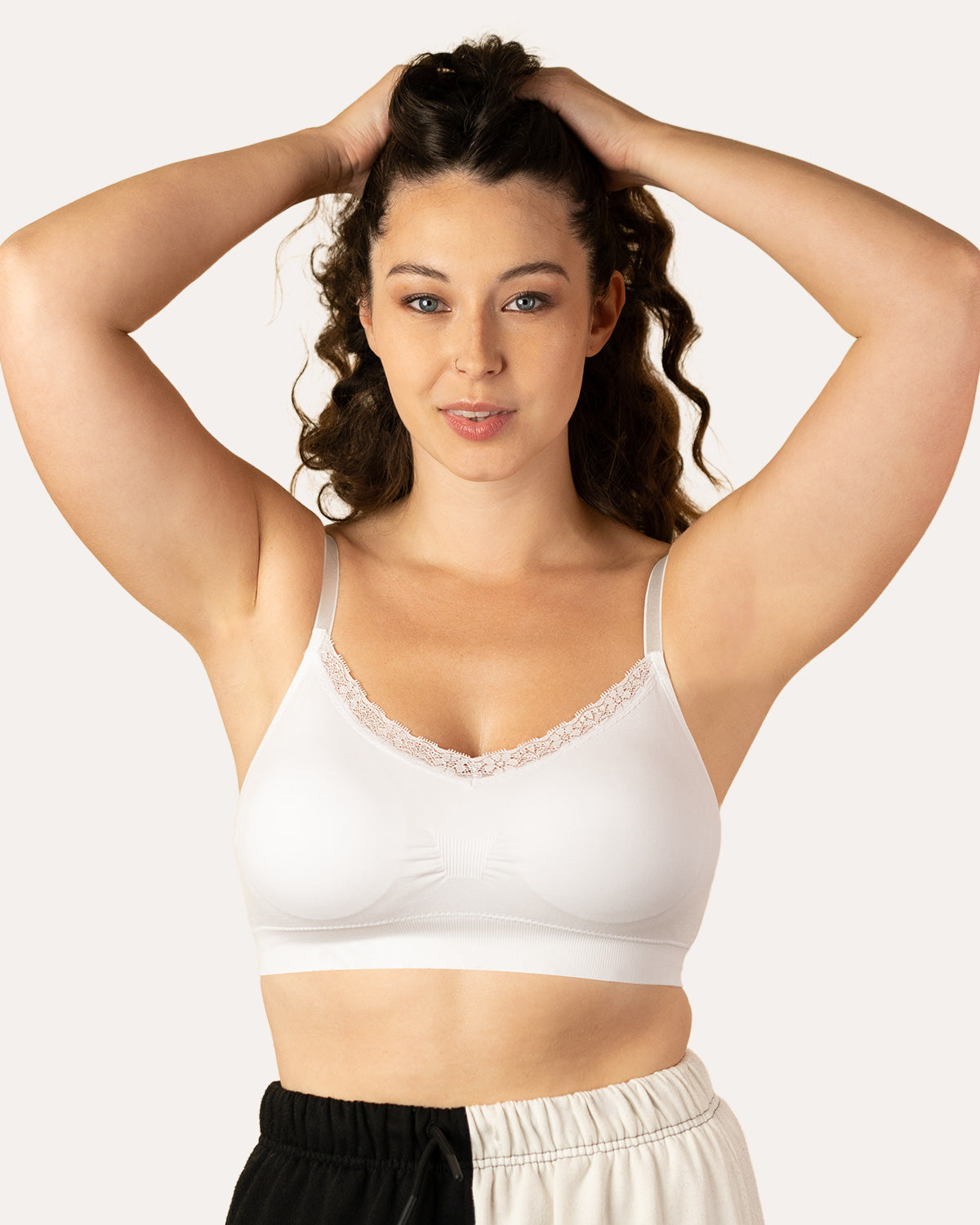
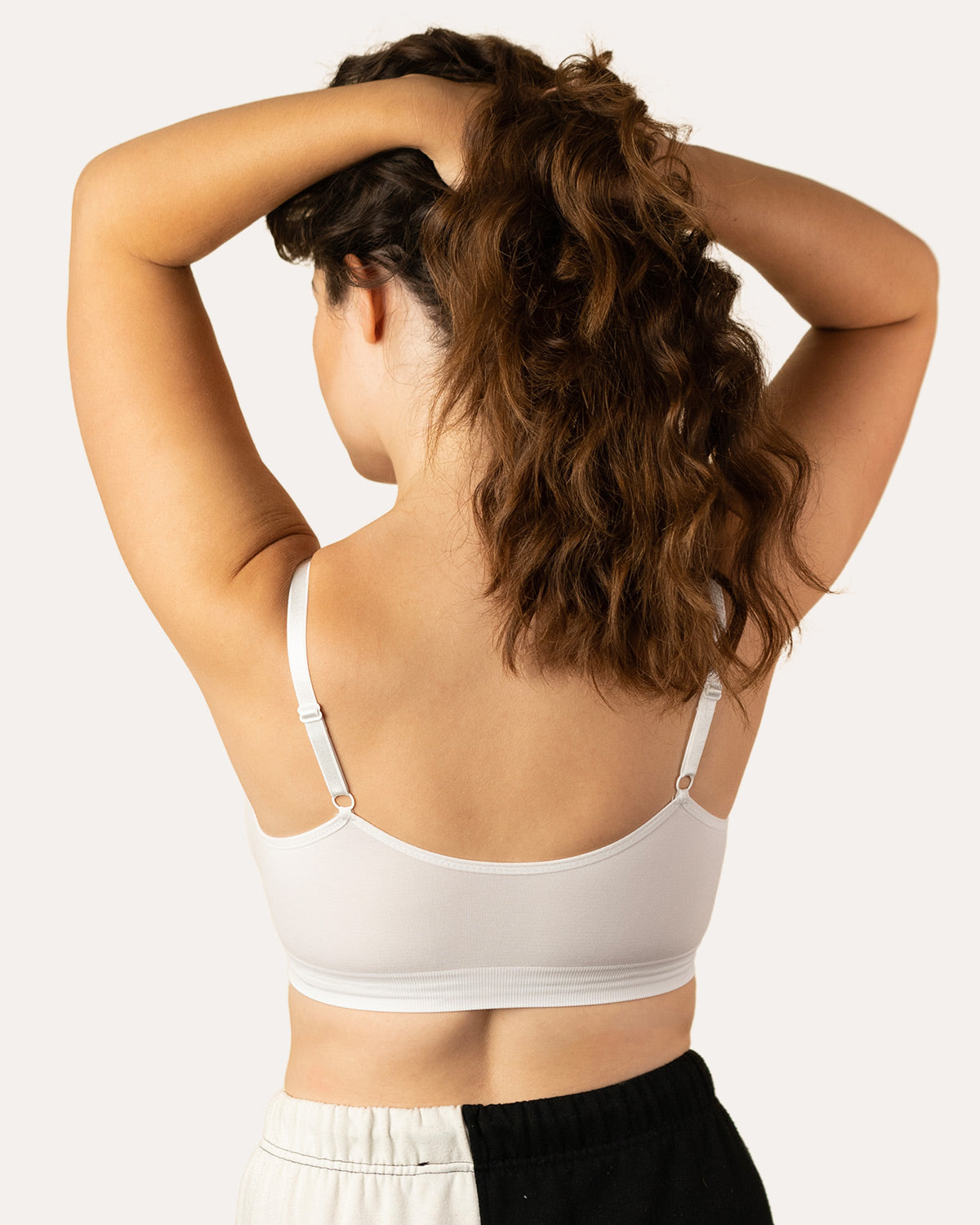
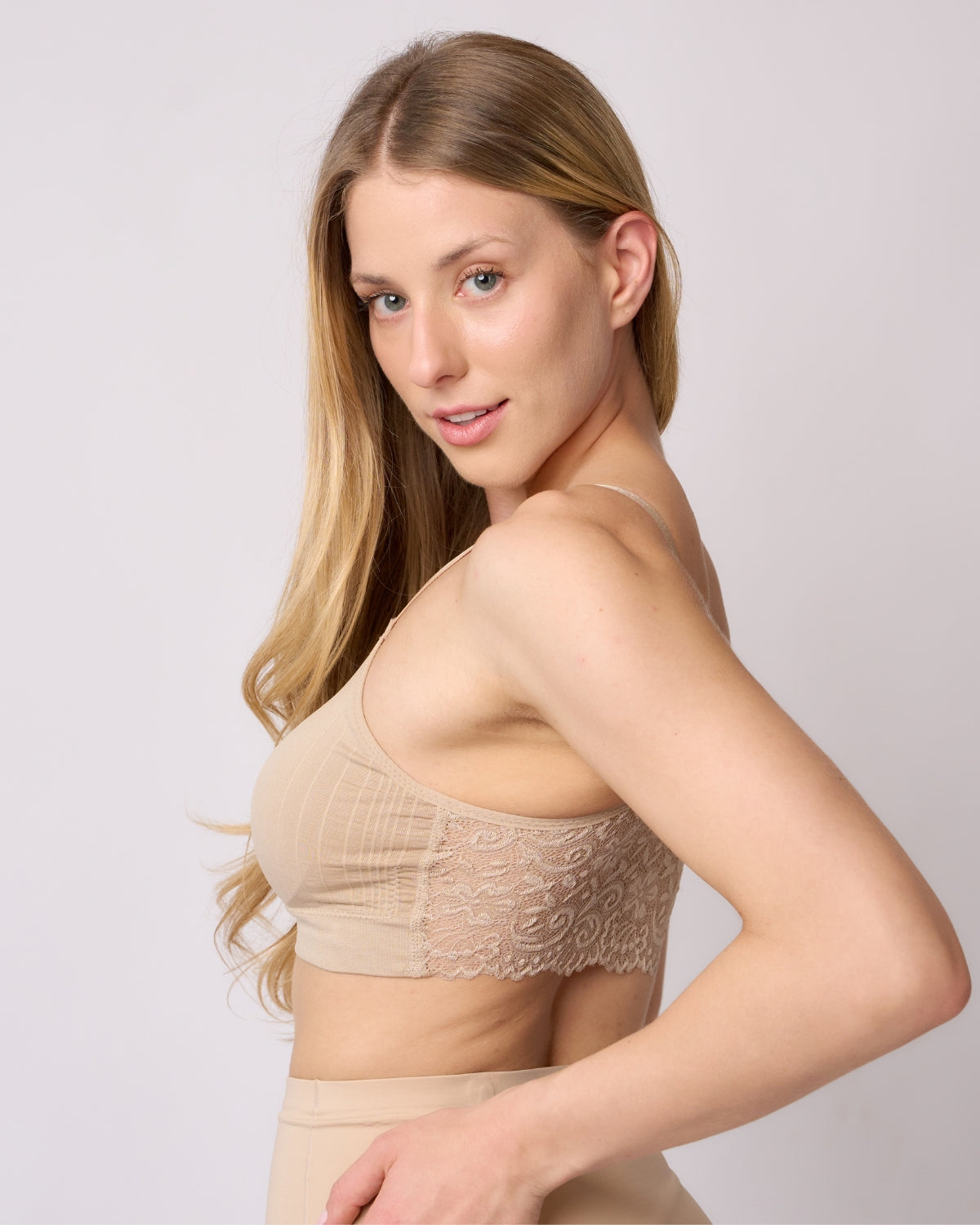
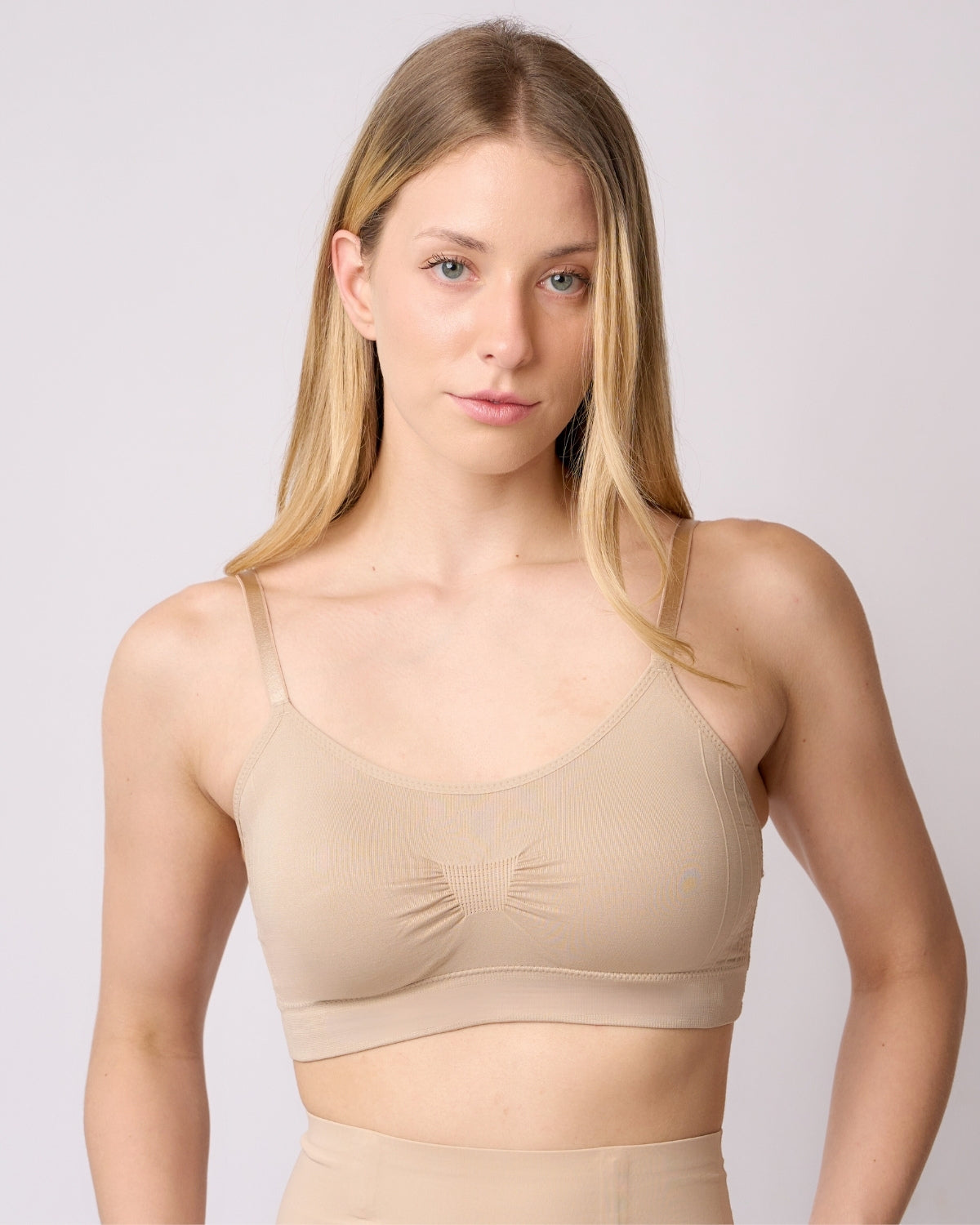
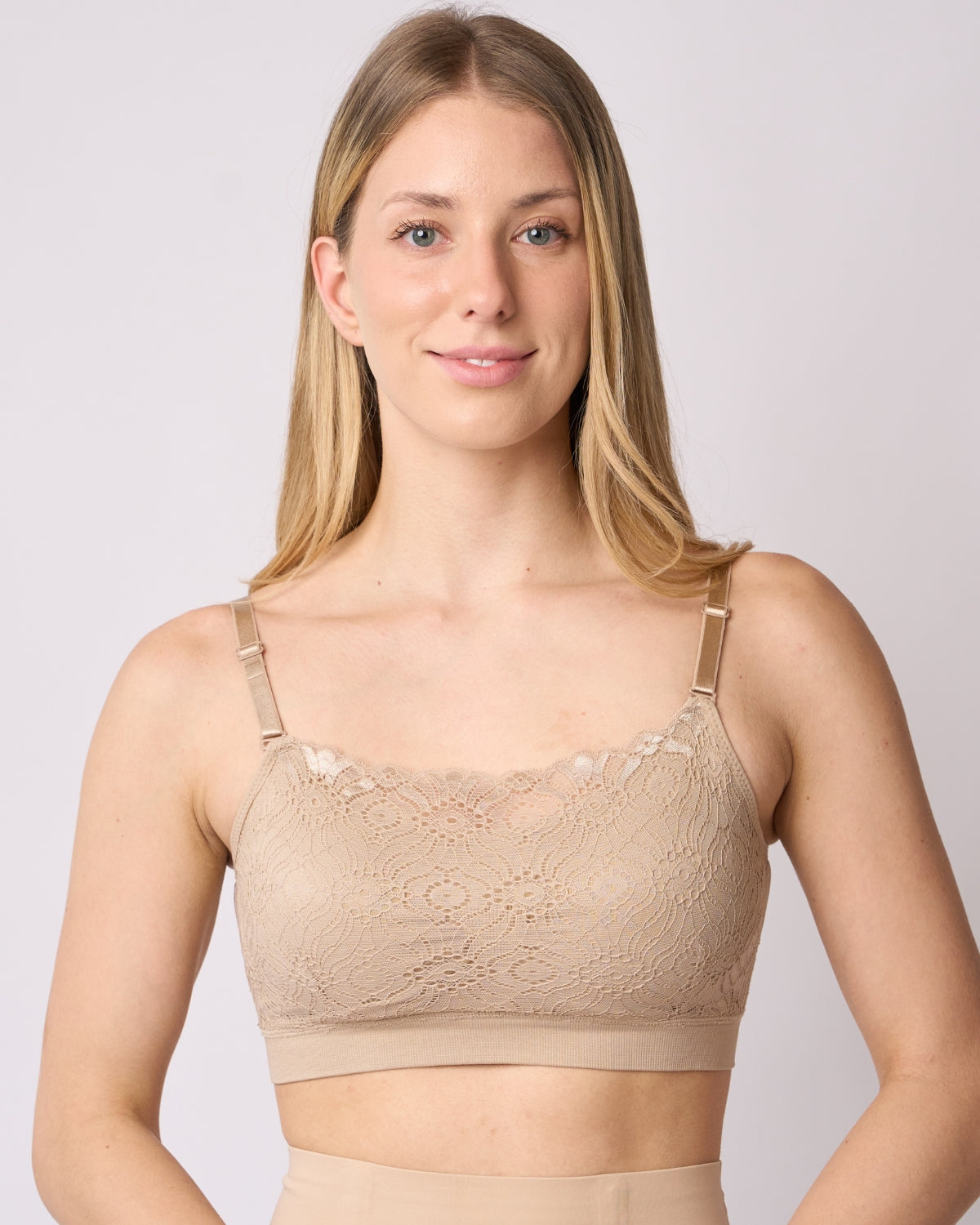
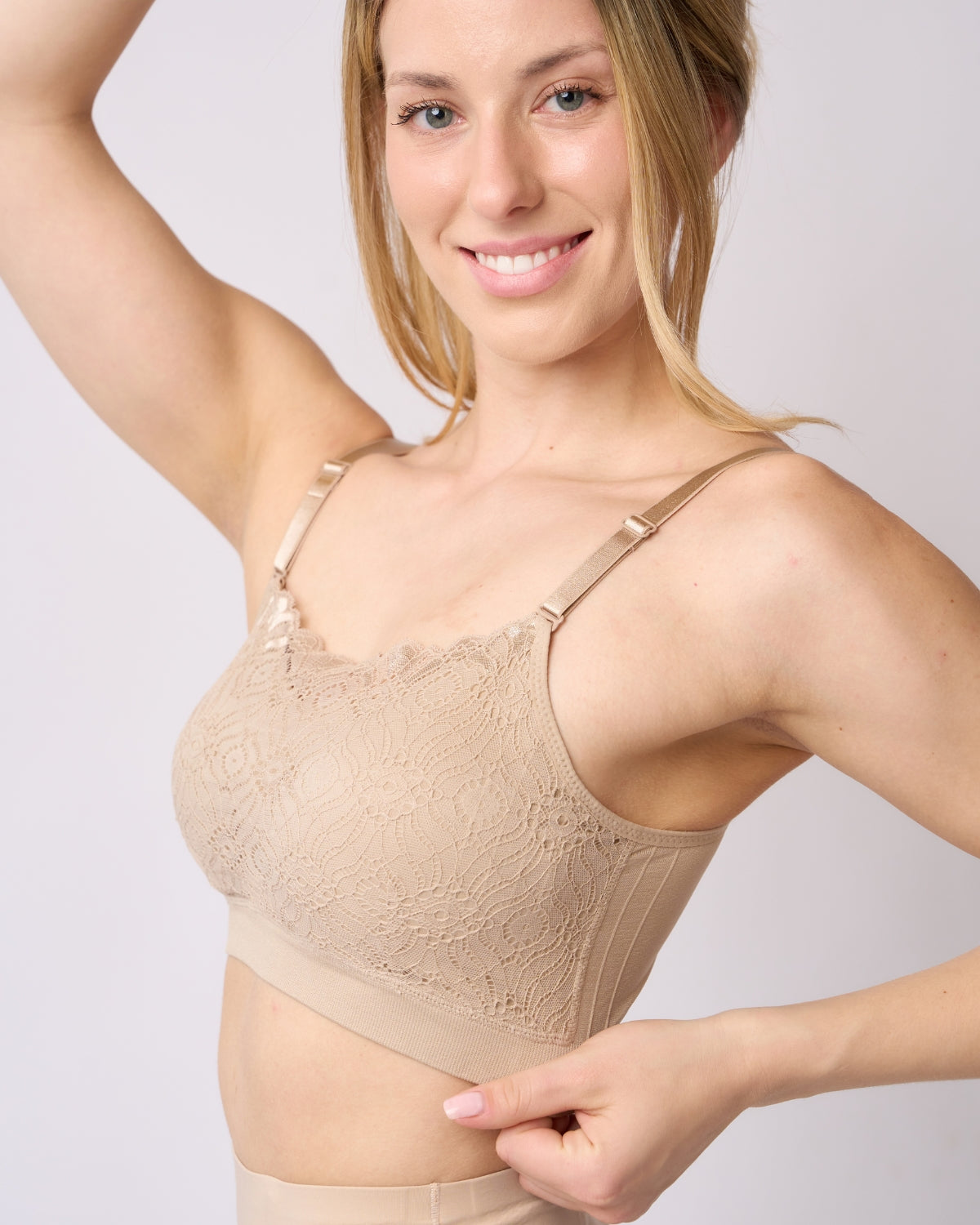
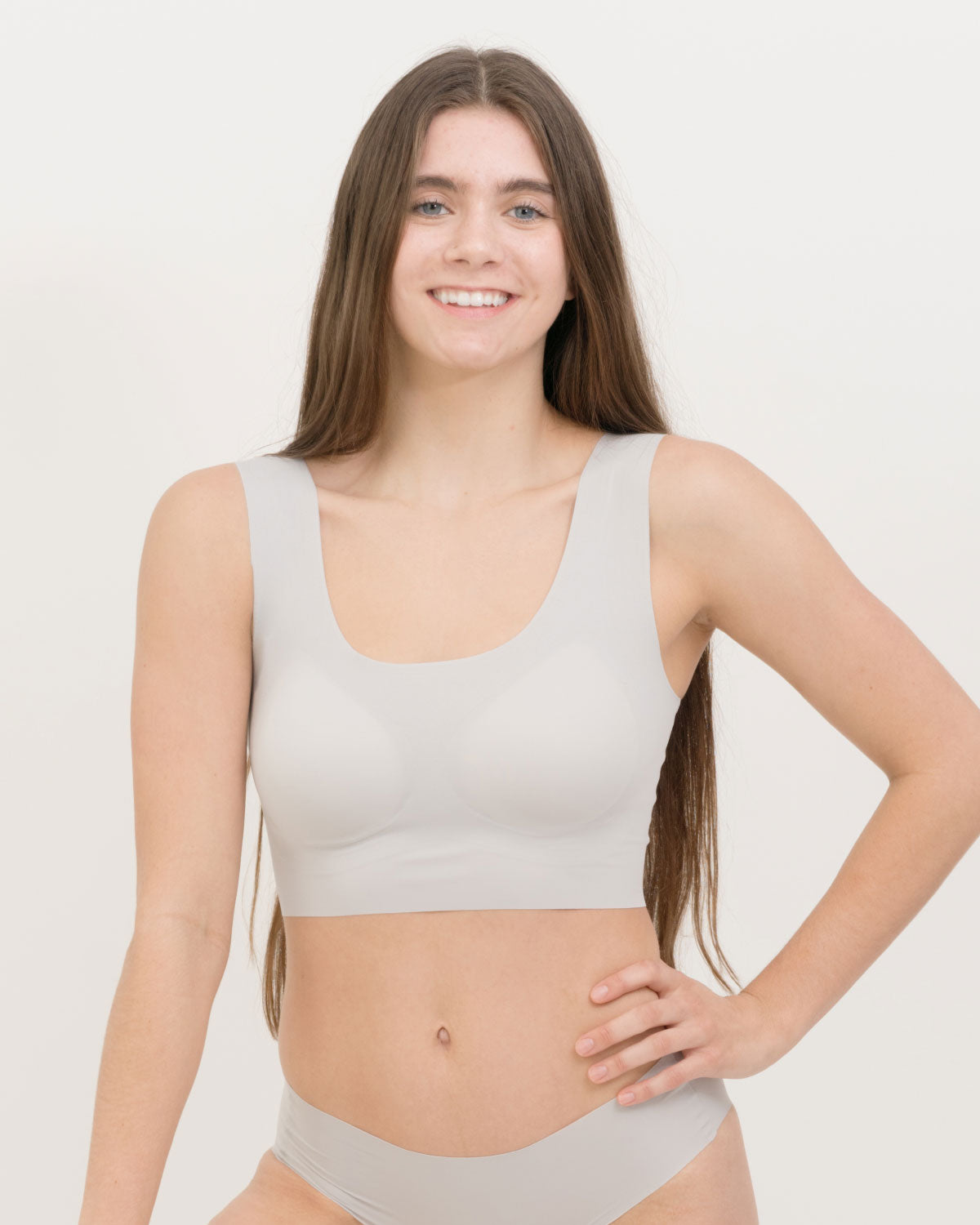
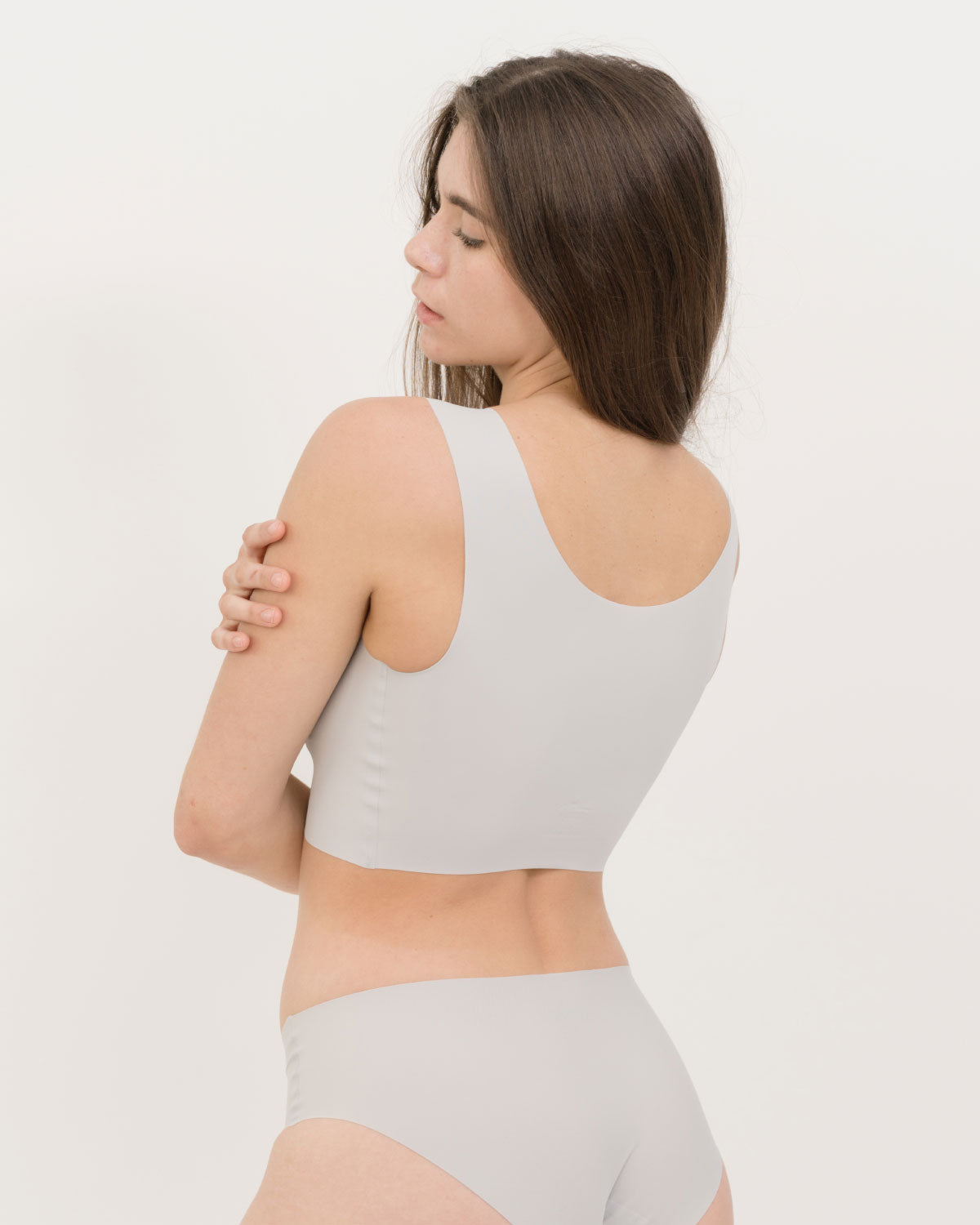
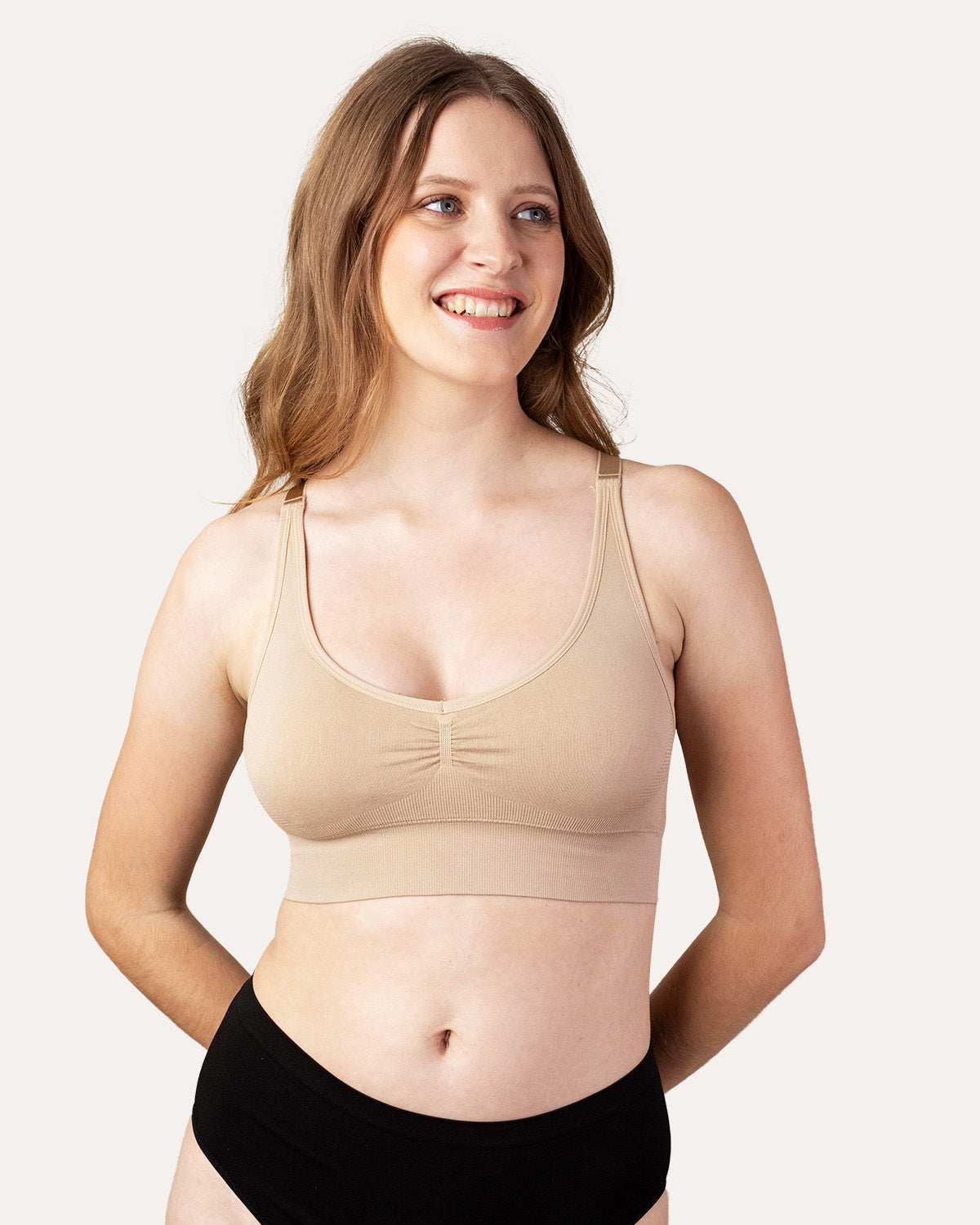
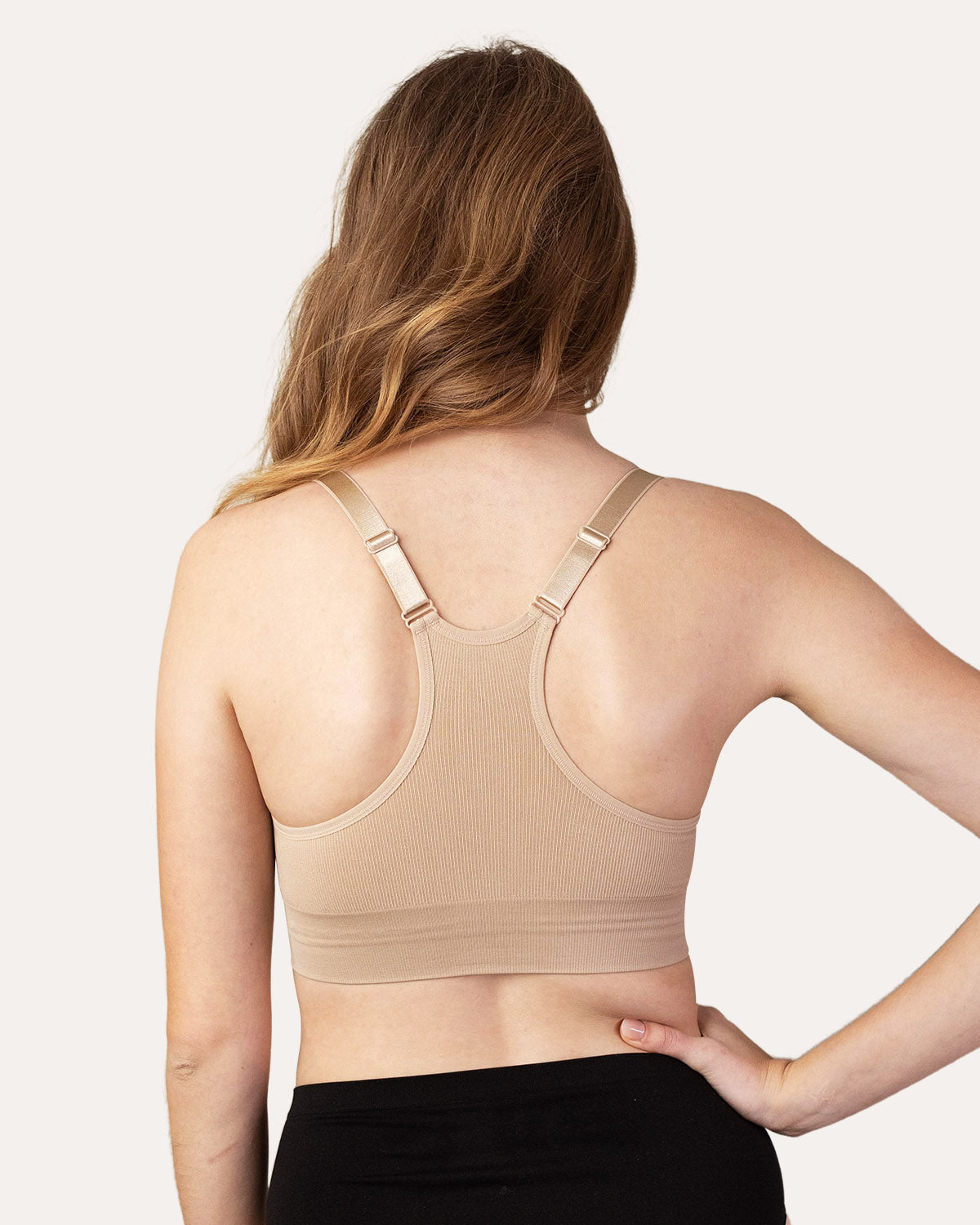
Leave a comment
This site is protected by hCaptcha and the hCaptcha Privacy Policy and Terms of Service apply.